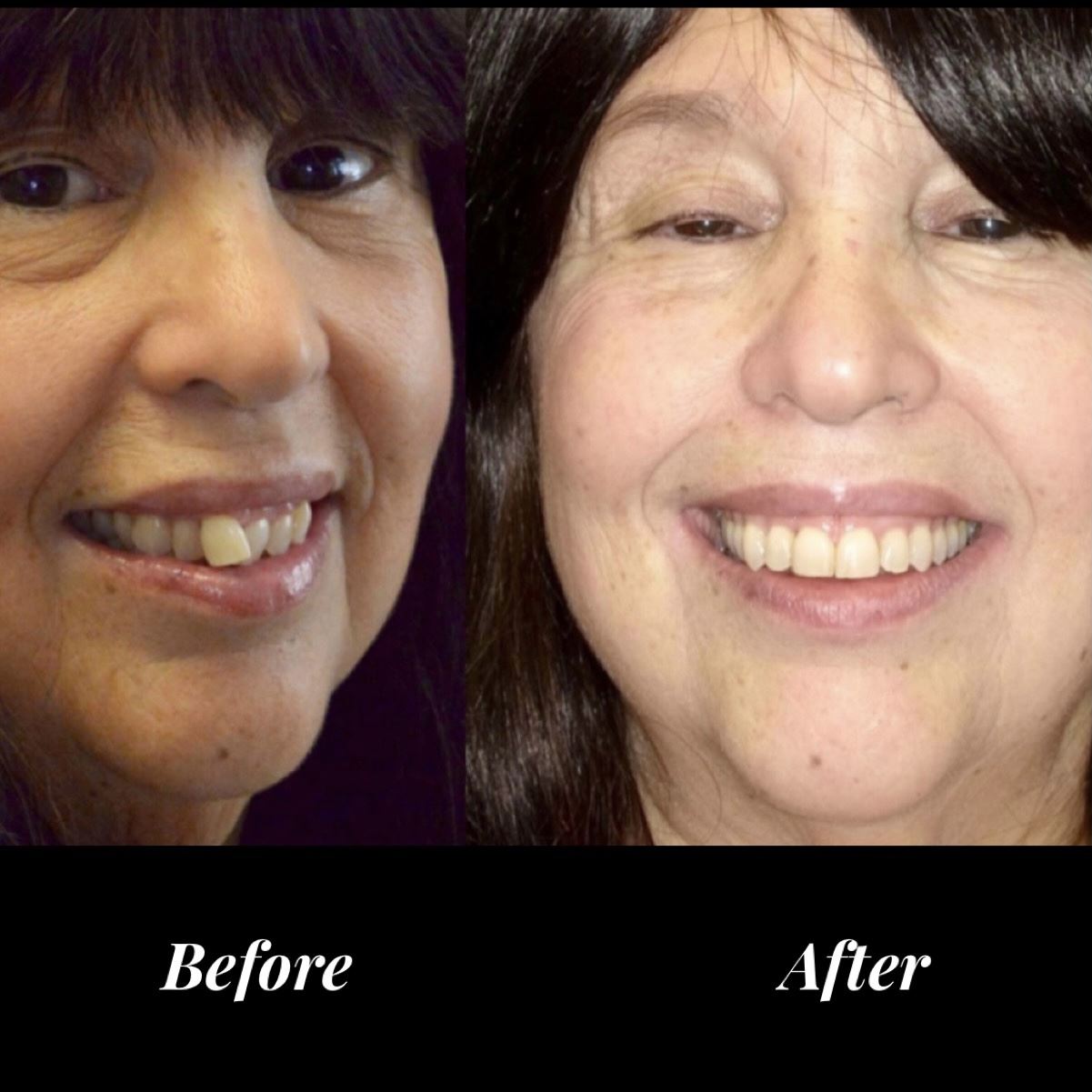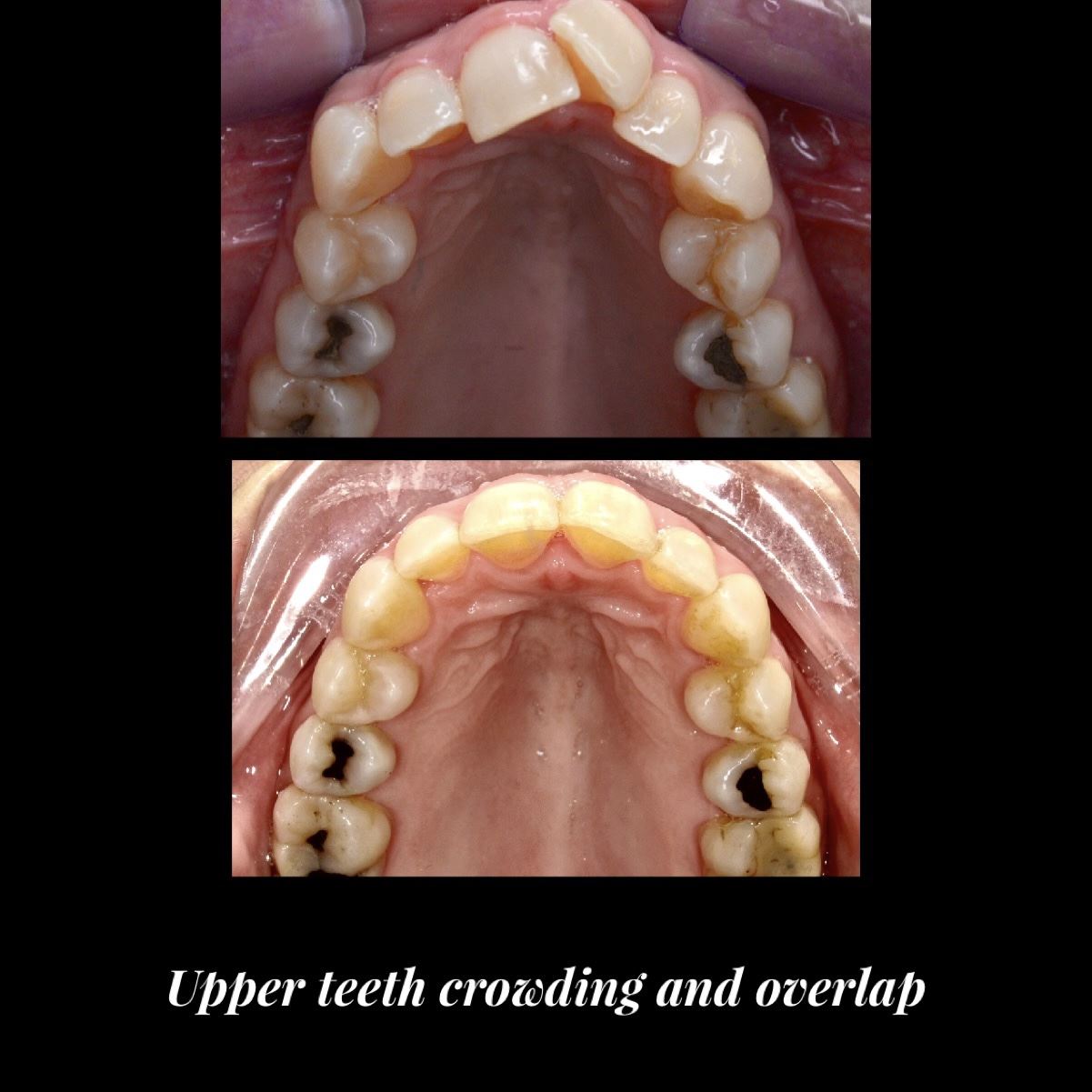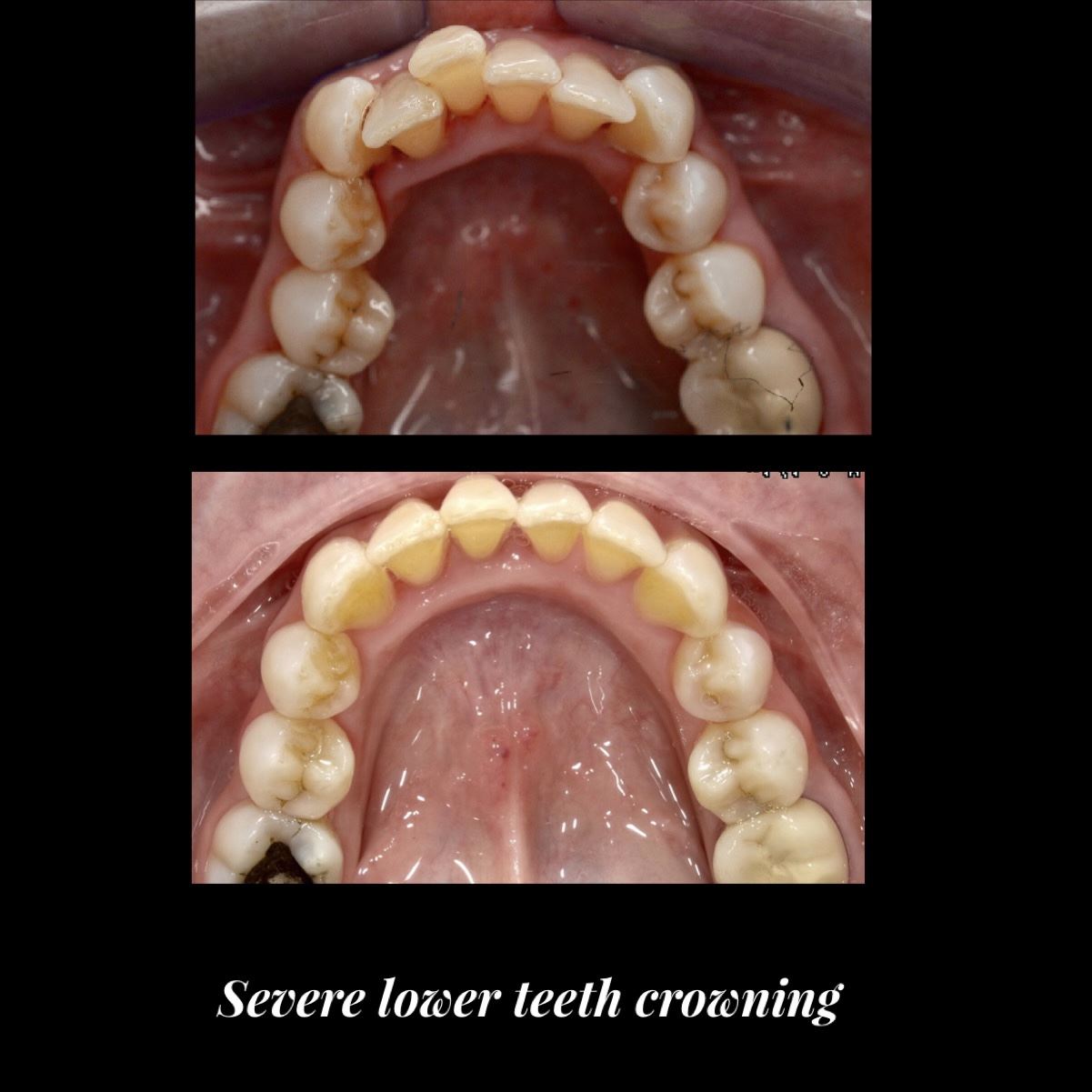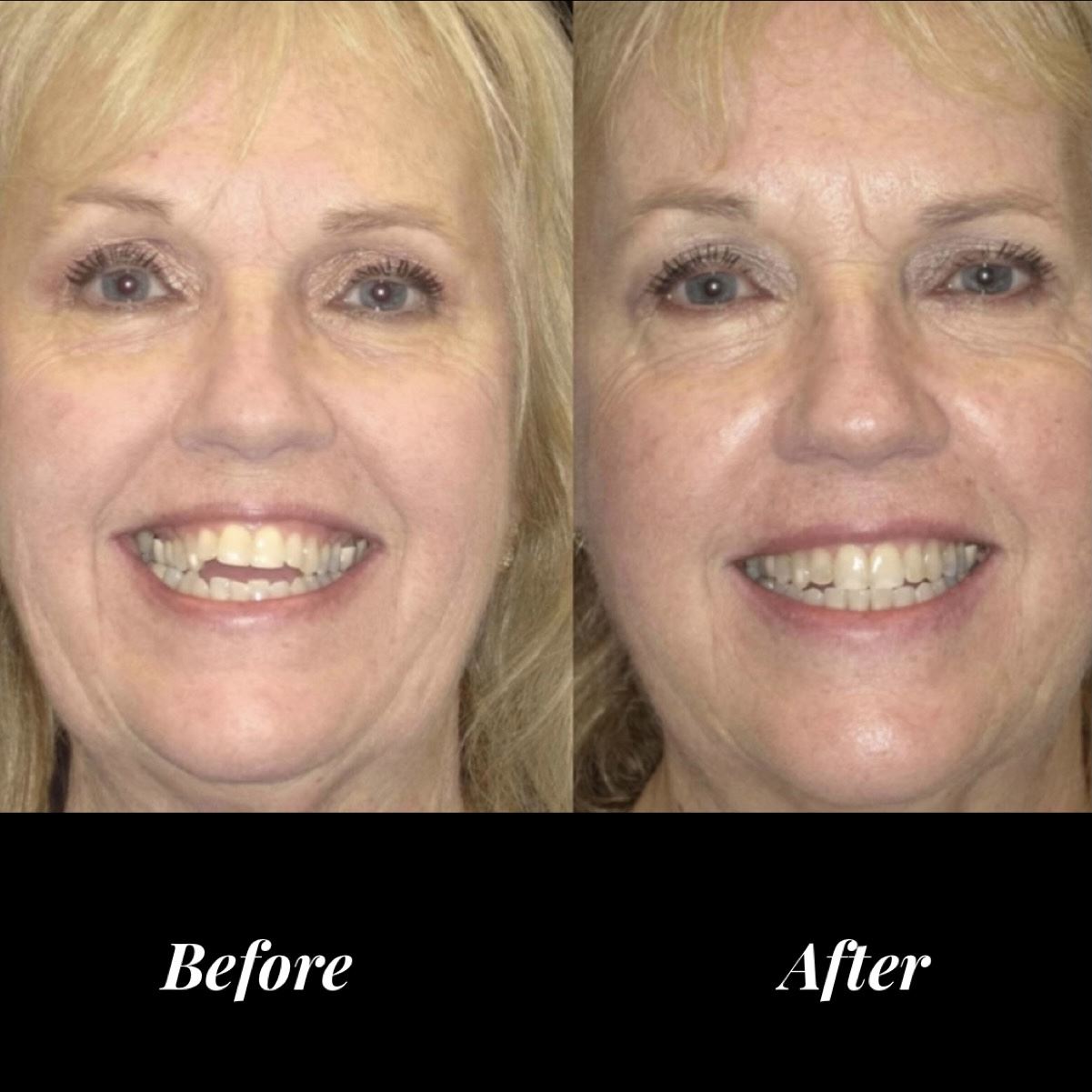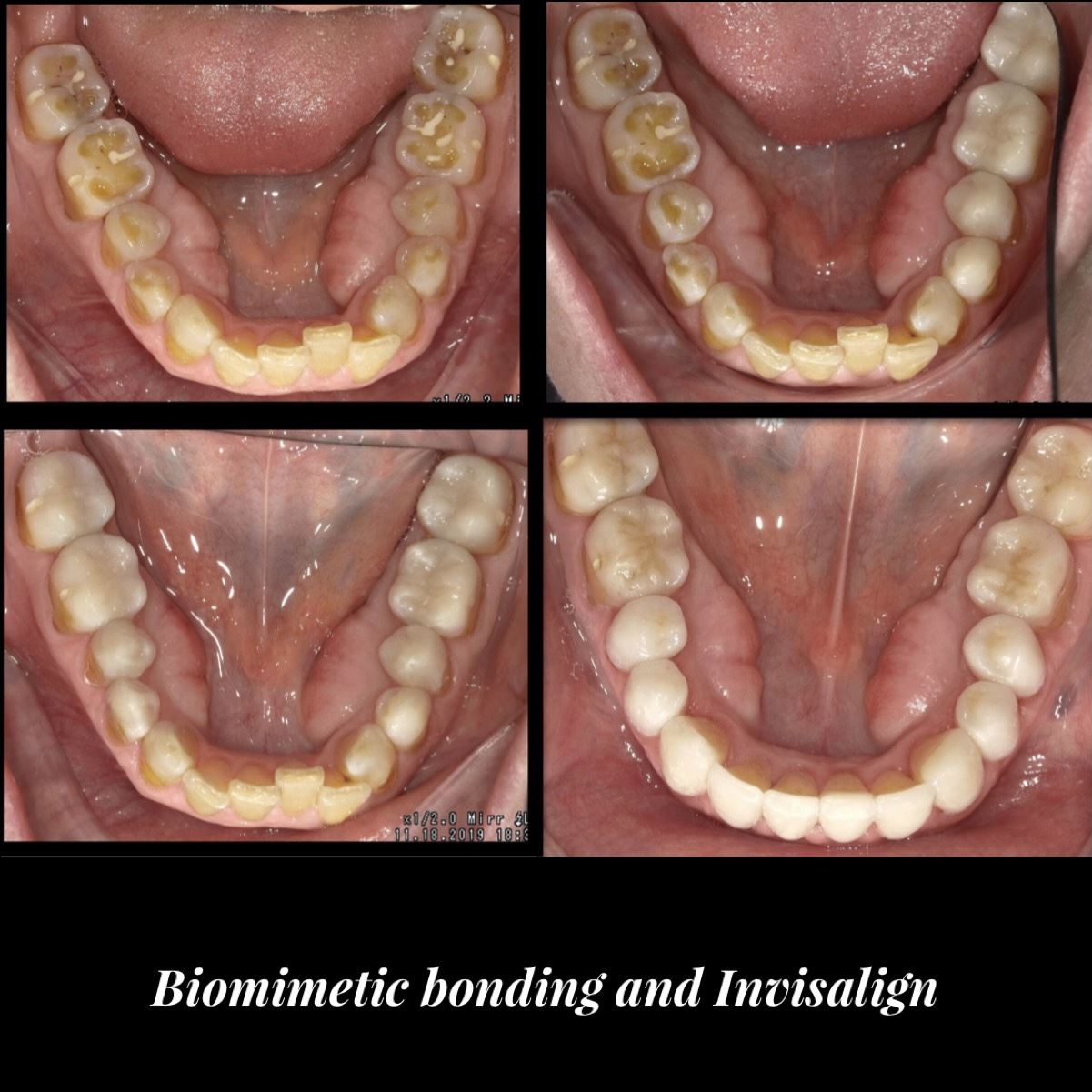
New York City Invisalign
Clear Aligners
Invisalign, named for the product’s look and function as invisible tooth aligners, is a system that has nearly replaced traditional braces by straightening teeth effectively using clear trays instead of metal wires. There are several reasons more people are choosing this option in orthodontics over braces. The aligners are clear and discreet, they can be removed without an orthodontic appointment, and they can yield faster results. Additionally, there are few food limitations for patients—Invisalign users can enjoy all the foods they love throughout the treatment process. As a cosmetic dentist, Dr. Marc Lazare, D.D.S., M.A.G.D. offers this custom treatment to patients who are looking for straighter teeth without the hassle of braces.
Why Fix Crooked Teeth?
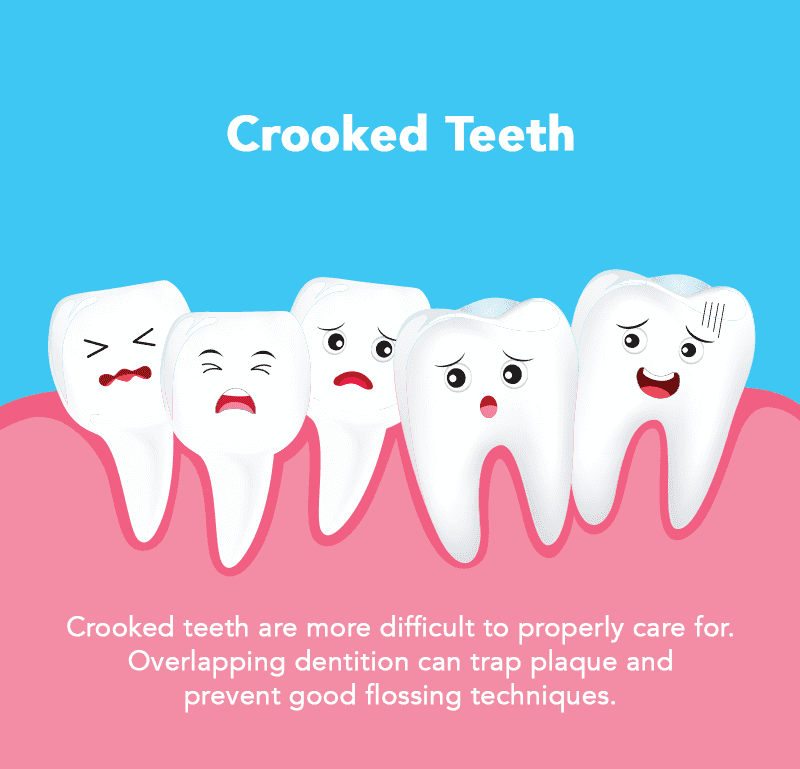
In some cultures, unique characteristics of the teeth are not seen as problematic or unattractive. However, in the United States, a person’s teeth are viewed as a reflection of oral hygiene, social status, and care for one’s appearance.
Even if the appearance of misaligned teeth does not bother a particular patient, there are associated dental health concerns.
When the bite does not fit together properly, a patient is more prone to TMJ disorder, which can occur as the result of irregular wear patterns.
Crooked teeth are also more difficult to properly care for. Overlapping dentition can trap plaque and prevent good flossing techniques.
The Benefits of Invisalign
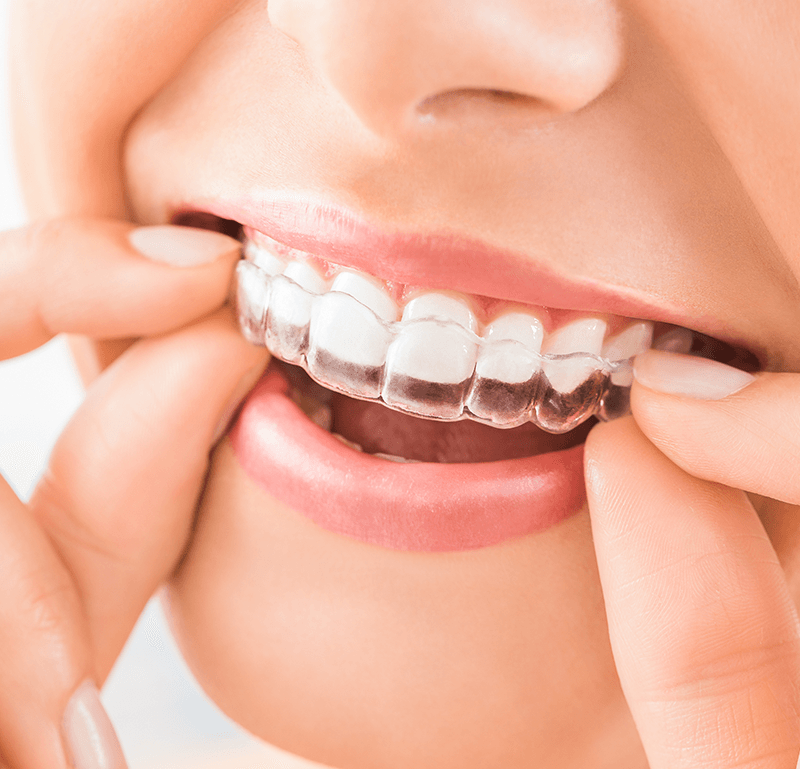
If a patient is a candidate for Invisalign treatment, there are many advantages to wearing the alignment trays, rather than having traditional braces placed. Young people hoping to avoid teasing from their peers and adults seeking a discreet, professional approach to straighter teeth will appreciate that the aligners are clear and don’t contain any wires.
Plastic Invisalign aligners are removable and can be safely snapped on or removed from the teeth as needed. Braces, on the other hand, are permanently fixed in place until the teeth have completed the full course of their movement. When it comes to eating habits, there are a number of foods that patients with braces should not eat, like sticky or chewy foods. Invisalign patients don’t have to adhere to the same restrictions because the aligners can be removed.
Caring for the teeth is also easier when there are no metal tracks impeding the movement of a toothbrush or the direction of dental floss.
The Invisalign correction system has been available to patients for over 30 years and has been developed into a very efficient tooth-straightening option. Treatment times are up to 50% faster when patients opt to use Invisalign over traditional braces. While there are other options in the market, like ClearCorrect and Smile Direct Club, Invisalign still is the most widely used. The Invisalign process is also said to be less painful, and office visits would potentially be less frequent than with other methods of orthodontics.
THE INVISALIGN PROCESS
The first step in the alignment process is to ensure the patient is in good dental health. Any tooth extractions or major procedures should be performed prior to custom-fit regimen. The patient should also have current x-rays on file. Next, a mold or digital scan will be taken of the patient’s teeth. The three-dimensional model will allow Dr. Lazare to visualize all aspects of the teeth, as well as the bite. Dr. Lazare works with the patient to form a treatment plan and will submit the model of the patient’s teeth to Invisalign, where the aligners will be created. Once the aligners have been received, Dr. Lazare can adhere the attachments (tooth-colored buttons) to any teeth that require them. These tooth-colored fixtures are what the aligners resist against to correct the orientation and rotations of the teeth. At this point, treatment can proceed — patients must begin wearing the trays as directed by Dr. Lazare.
WHAT TO EXPECT DURING THE INVISALIGN PROCESS
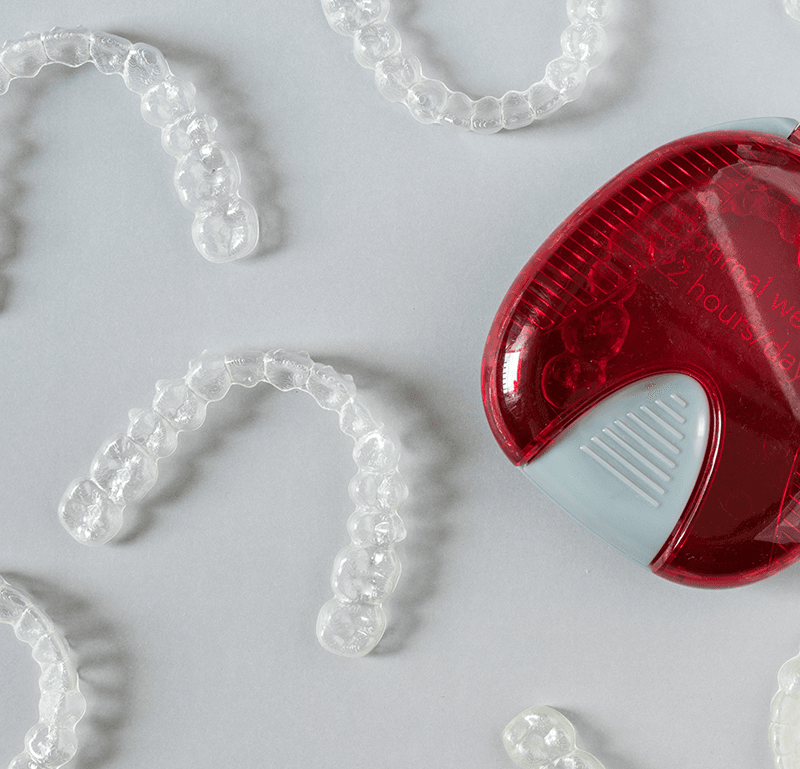
 Over the course of months, patients will wear a new aligner every week. The aligners begin as tight-fitting appliances, but by the end of the weekly correction period, they will fit well over the teeth. The teeth are projected to move about .25 millimeters during each new set of aligners, or the average thickness of a few pieces of paper.
Over the course of months, patients will wear a new aligner every week. The aligners begin as tight-fitting appliances, but by the end of the weekly correction period, they will fit well over the teeth. The teeth are projected to move about .25 millimeters during each new set of aligners, or the average thickness of a few pieces of paper.
Braces-wearers generally need to visit their orthodontist once a month, but Invisalign patients will only need to schedule these visits usually every 4-8 weeks.
There may be some discomfort associated with the repositioning of the teeth, especially after a new treatment set is worn. Over-the-counter pain medications will reduce any sensations, and patients can eat soft foods to avoid placing additional pressure on the teeth.
Invisalign will remain on the teeth for around 22 hours a day, and are generally only removed to eat, drink (aside from water), and brush the teeth. Invisalign patients must be prepared to brush their teeth after eating and drinking, as the aligners can trap food and bacteria against the teeth, which would normally be flushed away by the saliva.
Invisalign works to straighten the teeth but can also correct the bite. Through the use of buttons, or anchoring brackets, elastic bands can help to retrain the bite, just like in metal braces. By applying pressure to the jaws, elastics effectively guide them into a preferred placement.



Frequent Invisalign Questions
-
Will Invisalign Permanently Straighten Teeth?While the Invisalign system shifts the teeth to their desired position, patients of both Invisalign and metal braces can experience regression after their full course of treatment. For this reason, a retainer can be permanently fixed to the back of the top and bottom teeth, or removable retainers can be worn at night. Results must be maintained for permanently improved teeth. It should be noted, however, that the bite may not require ongoing management.
-
Why Should Patients Choose Invisalign Over Metal Braces?The Invisalign treatment system offers discreet correction in the form of clear overlay trays, creating an improved dental aesthetic when compared to traditional braces. Invisalign trays are also removable, allowing for more effective brushing and flossing. This newer treatment is said to be less painful, and can offer many fixes in about half the time required for braces. An added benefit is that patients with TMD will have barriers between their teeth to protect against further damage when clenching and grinding while asleep.
-
Is Invisalign as Effective as Braces?Aside from the few exceptions where Invisalign may not be the ideal treatment option, the results are comparable to braces.
-
What Happens if You Don’t Wear Your Retainer All the Time?You don’t have to wear your retainer all day, but, if you don’t wear your retainer you will run the risk of your teeth shifting back to their original position. The ligaments around the teeth have memory, and the more rotated your teeth were before, the more likely they will drift back without the proper retention. It is most important to wear your retainer for the first 6 months following orthodontic treatment, so that the bone around the teeth will have a better chance to fully fill in the areas around where the tooth was moved from. After this time it is recommended to continue wearing your retainers, unless you are told otherwise by your dentist or orthodontist. At the very least, you should try in your retainer every few days to make sure that it isn’t fitting too tight, signaling some drifting may be taking place. A permanent metal wire splinted to the inside of your front teeth can eliminate the need for the removable retainer, and help to maintain your straightened teeth if you are prone to being non-compliant.
-
Does Insurance Cover Invisalign?Dental insurance can be tricky, so it’s important to carefully review your policy to determine what’s covered and what isn’t. As a general rule, braces or correctors of any sort are considered to be cosmetic, so insurance won’t cover the actual appliance. They may cover all the prep work, any additional cleanings and necessary check-ups as you or your child undergo Invisalign therapies.
If your policy does cover orthodontics, it may cover traditional braces but not Invisalign, or it may require a waiting period. However, if your health insurance plan offers a flexible spending account, you can set up a pre-tax withdrawal from your paycheck that you can use to pay for your Invisalign. Make sure that you have a good idea of what the Invisalign dental trays and find out when your FSA enrollment period is. You may have to wait until the first of the year to save the necessary amount. FSA funds generally can’t be rolled forward, so make sure you use them up within the required period. If you have a high-deductible health insurance policy, you can use your health savings account dollars to cover your investment.
-
From the minute I walk in Ilda and Ariel greet me with such a warm and enthusiastic welcome. Well, it just makes my day. Then there's Dr. Marc Lazare who sets the tone. He was so gentle and explained every step of the process so I wouldn't worry.
- Mimi
CANDIDATES FOR INVISALIGN
 While a variety of cases can be fully improved through this alternative to traditional braces, there are some factors that can preclude people from becoming Invisalign patients.
While a variety of cases can be fully improved through this alternative to traditional braces, there are some factors that can preclude people from becoming Invisalign patients.
Certain types of movements are not possible through this tooth alignment method. If teeth are positioned too far into the gums, they cannot be moved vertically through Invisalign.
While elastics can treat bite issues, if the back teeth are affected, correction is not easily achieved. Certain types of tooth rotations and existing dental fixtures may also require patients to pursue different orthodontic options.
Invisalign may be best suited for minor to moderate changes, while more extensive corrections can be addressed with metal braces or a combination of Invisalign and other orthodontic treatments.
REFINEMENTS IN NEW YORK CITY INVISALIGN
The final stage of Invisalign is the refinement process, where some patients undergo minor tweaks in the straightening process to achieve the desired results. When the patient has worn all the trays created for their unique orthodontic plan, they will have their bonded Invisalign features removed to submit a final mold for review. At this time, additional trays may be created to finalize the treatment.

to Get Started? Call Us at 332-334-8290 or Schedule Your Next Visit
-
Monday: 8am - 5pm
-
Tuesday: 8am - 5pm
-
Wednesday: 10am - 7pm
-
Thursday: 8am - 5pm
-
Friday: 8am - 5pm
-
Saturday: 9am - 6pm
-
Sunday: Closed

